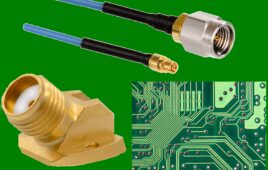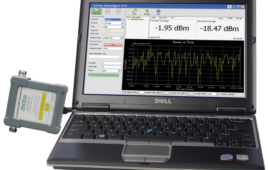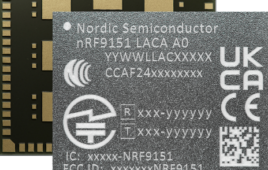Two Penn State College of Engineering faculty members have been awarded more than $823,000 from the Air Force Office of Scientific Research (AFOSR). The fund will go toward a 3-year program that’ll develop and utilize a facility to examine how beamed microwaved energy can launch space vehicles off of Earth’s surface.
The two awardees were Professor of Aerospace Engineering Michael M. Micci, and Sven G. Bilén, head of the School of Engineering Design, Technology, and Professional Programs and professor of engineering design, aerospace engineering, and electrical engineering.
The funds encompass two different awards, the first provided by the Defense University Research Instrumentation Program (DURIP), giving $396,865.
This portion will support comprehensive equipment acquisition by universities, and will be used to acquire a “5-ft diameter by 8-ft-long high-vacuum chamber to simulate both high altitudes and the space environment. The funding also provides for the acquisition of a high-power microwave source and related microwave and optical diagnostic equipment,” according to Penn State College of Engineering.
The second award, totaling $426,913 from AFOSR, will be used to examine the experiment’s feasibility. To launch space vehicles with beamed microwave power, they’ll focus their efforts to heat an onboard propellant, or ingest the surrounding air. The latter, according to Penn State College of Engineering, will create a plasma that carries temperatures higher than convention methods of chemical propulsion. If the propellant temperature increases, then the same flow rate of propellant will garner more thrust.
In addition, the space vehicle won’t house the microwave source. It’ll be located on the ground, meaning it will be powered by the commercial electrical grid. This decision could eliminate extra weight on the space vehicle while still transferring large quantities of energy, according to Penn State College of Engineering.
“If this concept proves viable, it has the potential to drastically reduce the cost of placing spacecraft into Earth’s orbit, something which has both governmental and commercial applications,” says Micci.
New Mexico’s Air Force Research Laboratory will also conduct similar experiments, which is home to a multimillion-dollar, 100-kW, 95-GHz microwave source.




